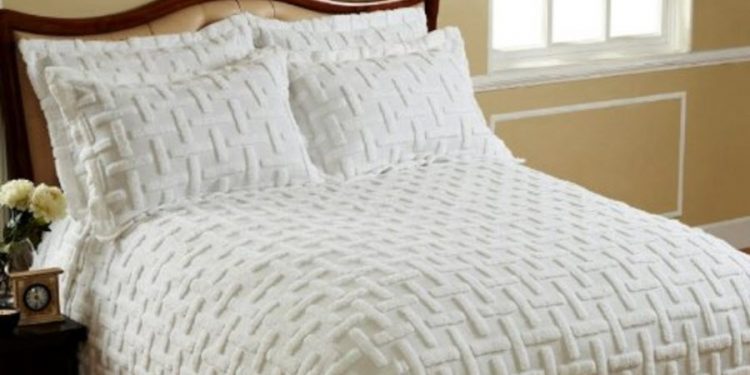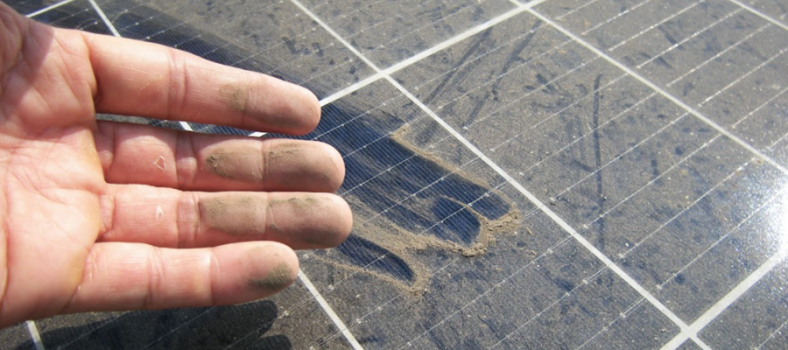The History of Chenille Bedspreads
Chenille bedspreads were developed in the 20th century by Catherine Evans, who lived in Dalton, Georgia. Catherine one day visited a relative who owned a vintage candlewick store and was inspired to try a type of embroidery called candle wicking, which used cotton thread from candle wicks to create designs. Evans set out to imitate the candle wicking she saw, using a type of yarn available in her area to decorate bedspreads.
Evans perfected this handcraft of tufting and began selling bedspreads to family and friends. These tufted spreads were often referred to as chenille products, as the French word for chenille is caterpillar. Very often the tufts in chenille bedspreads were cut from the top. This gave them a fuzzy look that resembled a caterpillar.
Increase in Popularity
Over the years, Evans became overwhelmed with the demand for the chenille bedspreads. As a result she decided to create a cottage industry in Northwest Georgia. She hired many women and showed them how to create the bedspreads. This involved a technique that required the woman to stamp familiar patterns onto blank sheets then fill the patterns with yarn.
As the products grew in popularity, merchants in the Dalton region took an interest in making the spreads. By the 1920s, they appeared on the shelves of department stores in New York, Atlanta and Philadelphia. By the 1930s, most families had chenille bedspreads in their homes. People would display them along the roadside on Dixie Highway so people could travel down and see a mile of them. This area became known as Peacock Alley.
The Move from Farms to Factories
During the Great Depression, the making of chenille bedspreads provided farm families with cash they needed to survive. It also produced fortunes for B. J. Bandy, who was the first man to make $1 million in the bedspread business. In the 1930s, companies like Cabin Crafts began to bring the work from the farms into factories, with bedspread manufacturers seeking greater productivity and control over the work process.
The success of chenille bedspreads led companies to experiment with other products, such as robes, small rugs and toilet covers. The vintage chenille manufacturing industry lasted around 60 years. Unfortunately, Peacock Alley disappeared in 1965 after a bypassing highway was built. However, not only does Dalton remain the chenille bedspread capital, but it’s also the carpet capital of the world.
To purchase modern chenille pillowcases and bedspreads, shop the latest range at Bianca.






No Comment